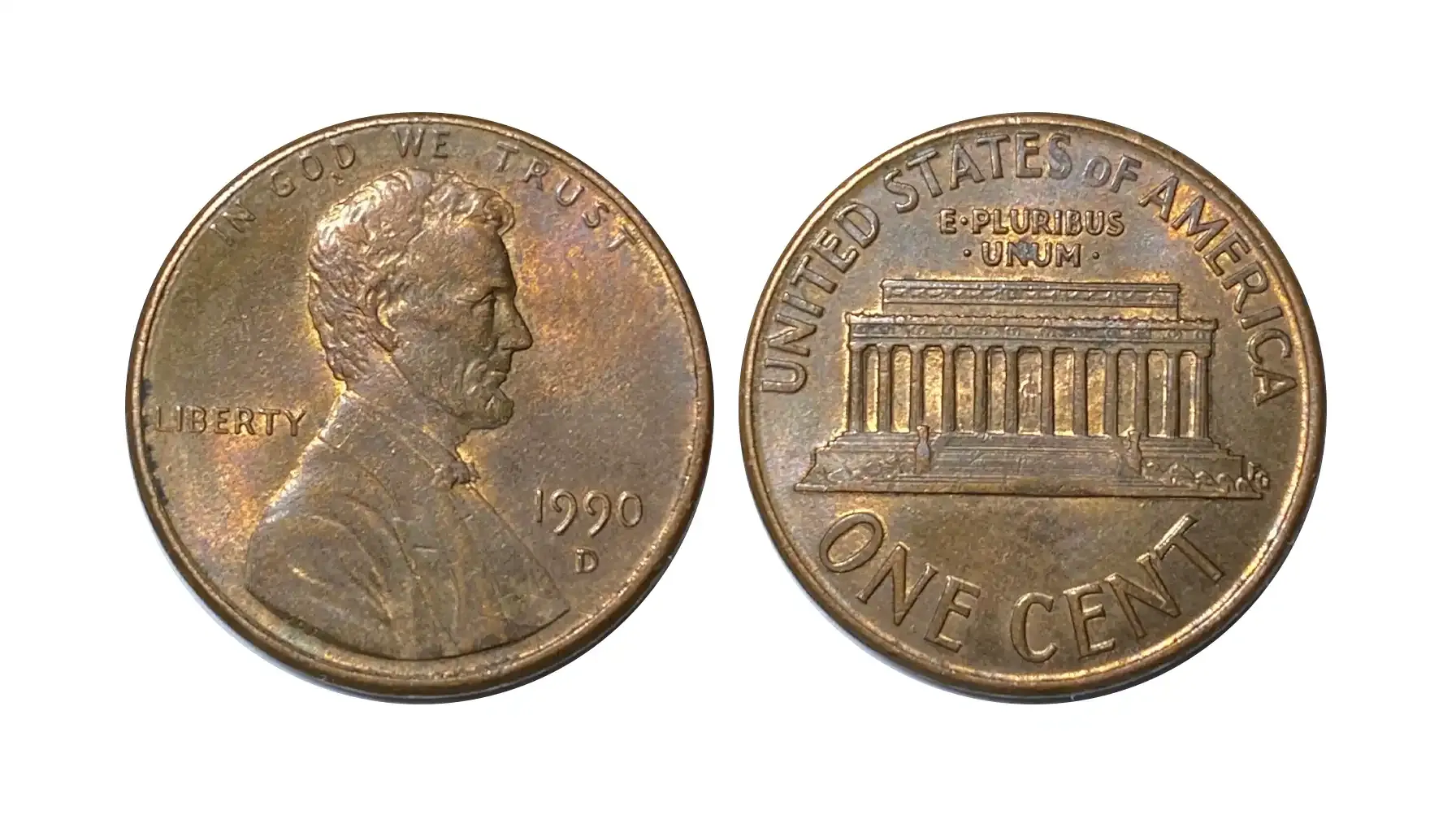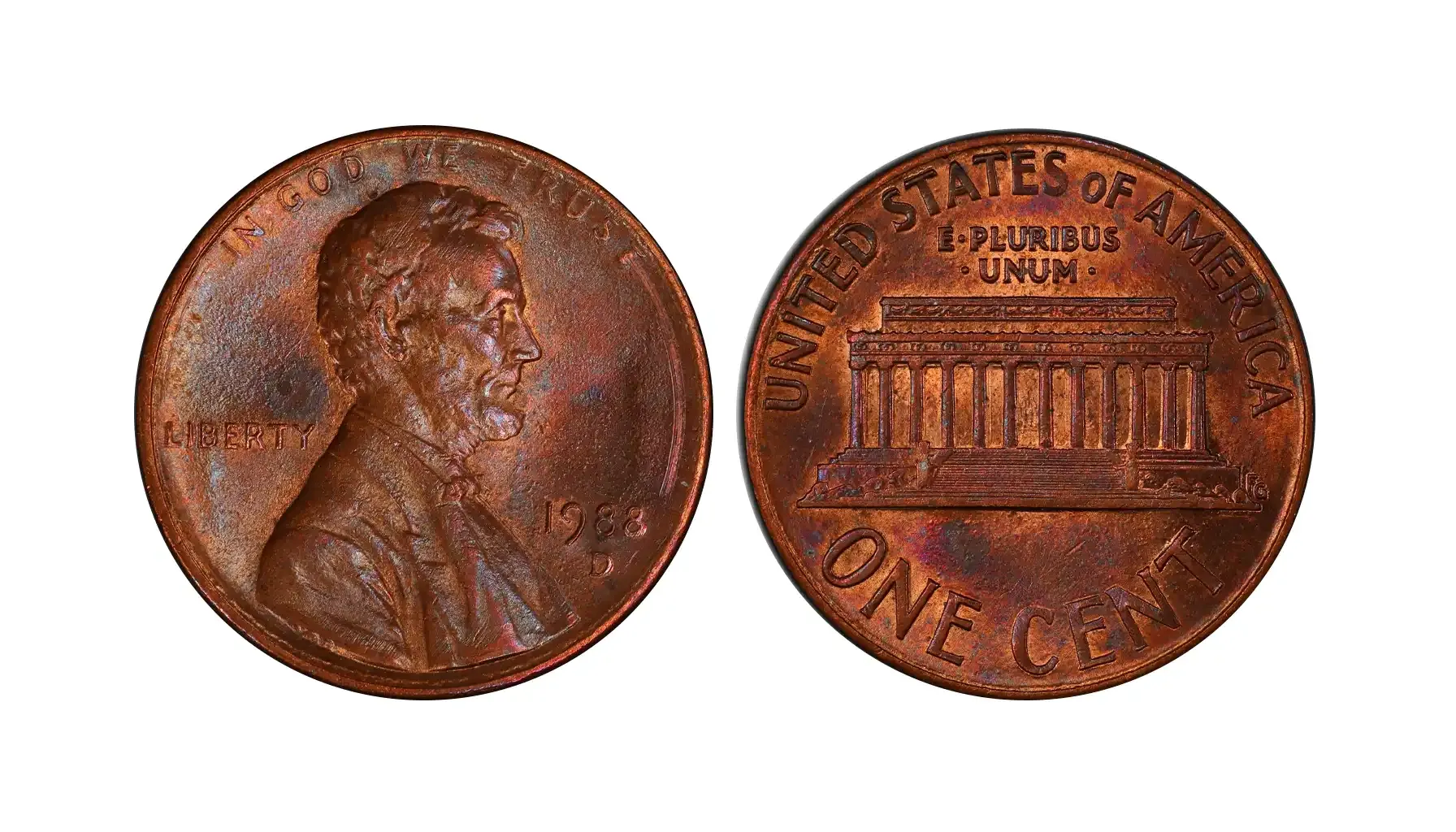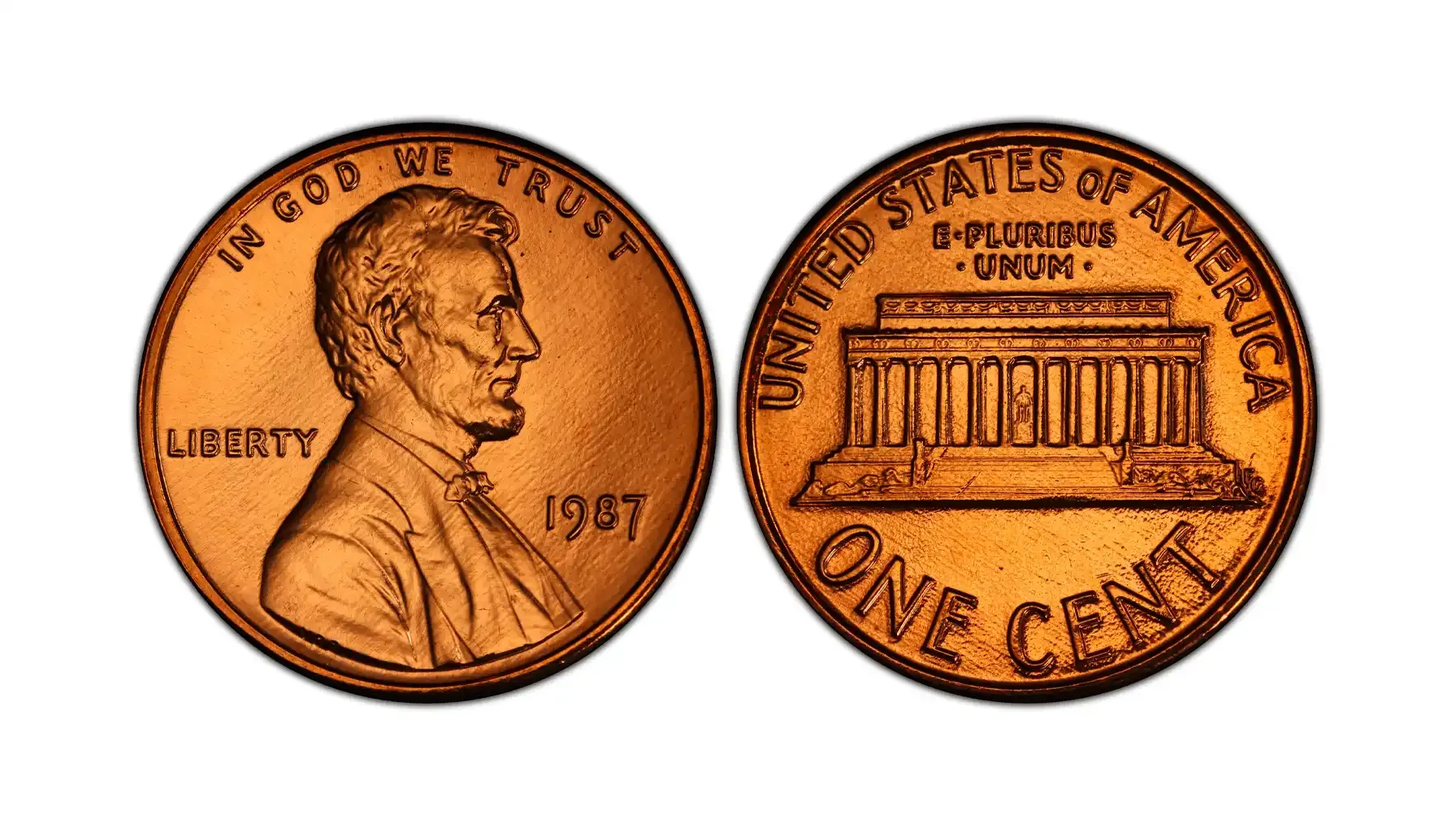Contents:
The glorious times of Hellas had left thousands of artifacts that reveal the stories of an ancient civilization, its culture, and values, too. These items (like coins and medallions), once casual and omnipresent, return us back to when the world was different yet prosperous and philosophically contented. But what do they have to say?
Ancient gold Greek coins became a target for numismatists of all sorts, even the most fastidious and discerning ones, but their legitimacy might be subject to speculations, spoofing, and counterfeiting. Let us promptly cover what ancient Greek coins look like, which types are present on the market, and how to check coin value and select the most suitable options for your collection.
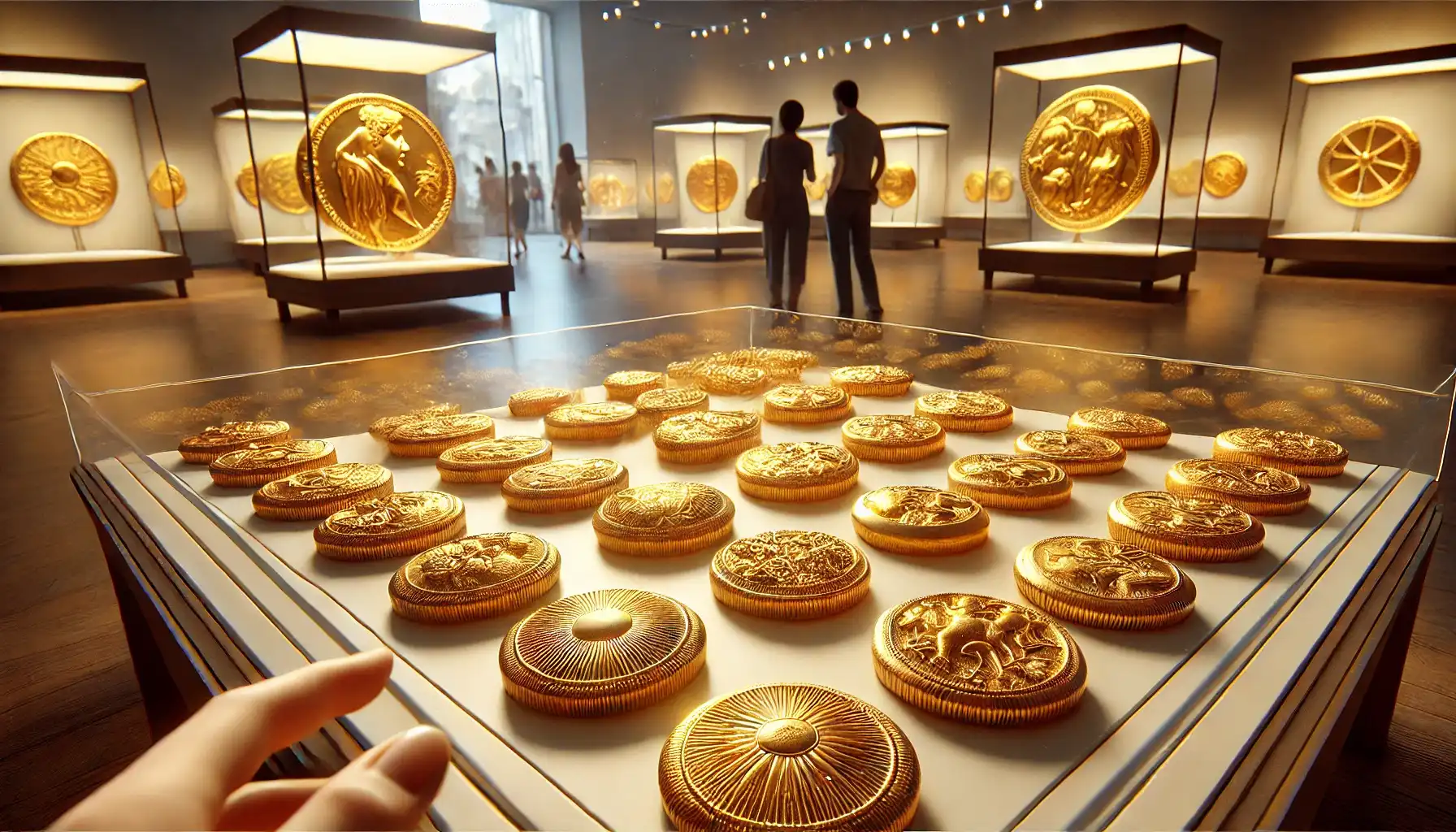
Briefly about the Roots of Greek Coinage
The Greek Coinage has a long history that dates back to the 7th century BC when the first world’s monetary creations were ever minted with the use of electrum (i.e., a natural alloy of gold and silver). Each coin produced on the territory of Ancient Greece reflected unique identities, national characteristics, and other relevant details that were important for certain regions.
In general, the first Greek coins depicted gods, mythological creatures, heroes, and real-life personas. One of the most popular instances, for example, featured Athena's owl and a goddess herself, which gave it a sense of wisdom and protection. So many people all over the world are aware of what these coins look like – thanks to the fast distribution through trade, conquest, and other types of communication.
Types of Ancient Greek Coins
Ancient Greek coins for sale may boast their one-of-a-kind design and the beauty of handcraft prevalent on the particular territory of a given country. And it is always vital for collectors to understand different types of valuable Greek coins to find the best representatives of this numismatic art.
Drachma
Another example of ancient numismatic objects is represented by drachma which were considered the standard in terms of currency in Greece long ago. Each big city possessed a symbol indicated on the coin to differentiate the affiliation of the item and its cultural background, this is why they were mainly referred to by what they depicted, e.g., owl, hippos, chelone, etc.
By the way, there could be different types, such as hemidrachm (equal to half of a drachma), didrachm (equal to 2 drachma), and tetradrachm (equal to 4 drachma).
Stater
One of the oldest and most widely used coins of electrum (an alloy made from gold and silver) in Ancient Greece refers to staters, minted in particular regions of the country, e.g., in Corinth, Thasos, Syracuse, Olympia, Delphi, etc. Nevertheless, there existed pure gold and pure silver staters, though these were not as widespread as those made of their alloy. All in all, to view the most striking instances in person, one is free to visit Bibliothèque Nationale, Paris.
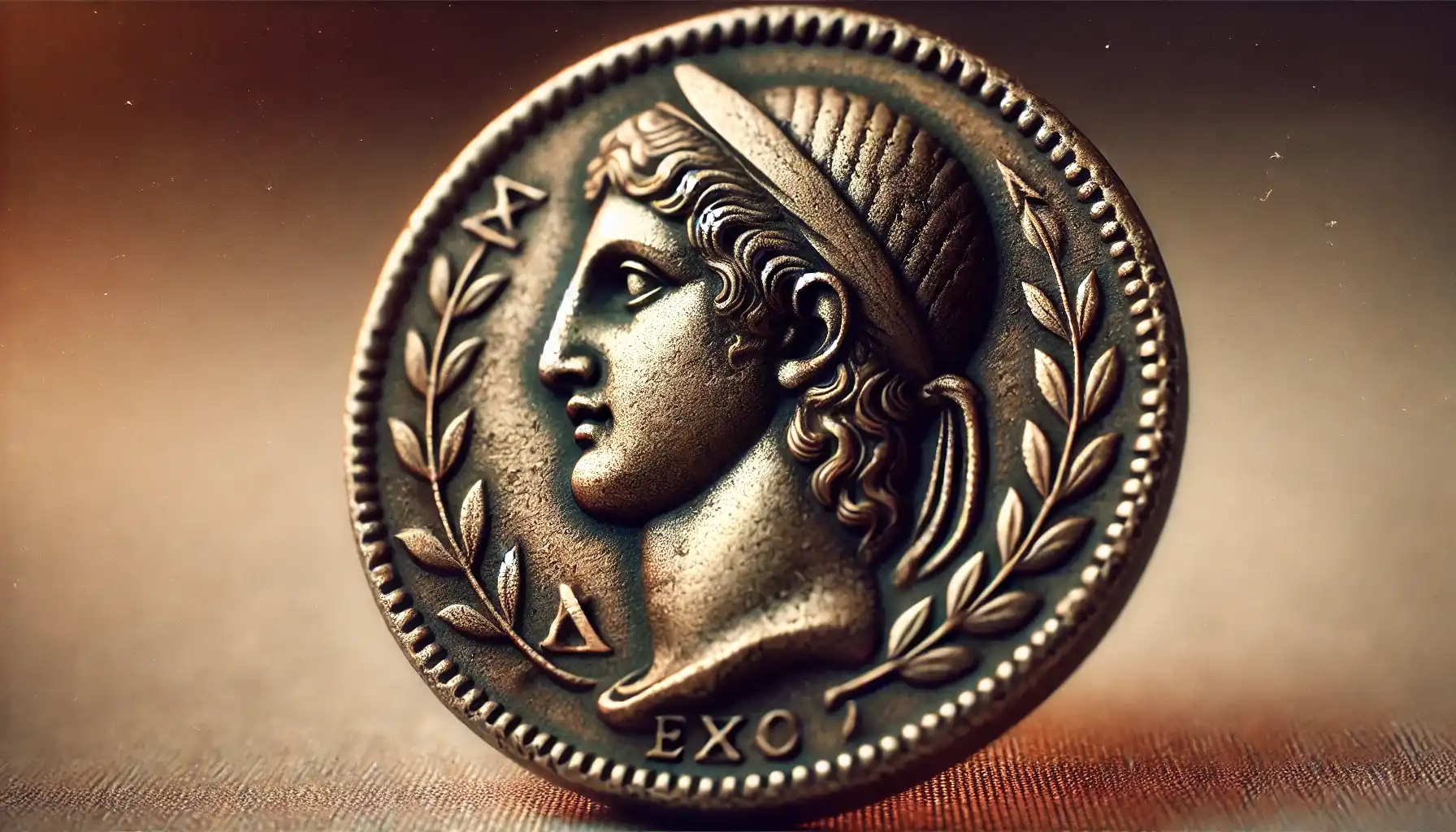
Obol
The smallest (or one of the smallest) instances used for everyday trade was the obol. In fact, these were originally made of copper or bronze, though further “iterations” could be found in silver. As such, 6 obols equaled 1 drachma (while 2 obols could be found in the form of diobol), which is why these were typically used in everyday transactions preferably. And just like other coins, obols featured the symbols of the regions they were minted and traded from, like the Philadelphia mint on American coins.
Artistic Features and Design
Designs of ancient Greek coins are overly unique and distinctive, however strange and pompous they may be. We should all remember that back then, in Ancient Greece, they were used mainly for mundane tasks, but let us anyway see them as works of art in the first place.
One of the most peculiar features of ancient Greek units of currency is the display of deities and renowned mythological creatures. Besides, in the Hellenistic period, coins started to feature more realistic portrayals of those who had contributed to the development of Greek society most of all or were meant to be celebrated on a daily basis.
In general, each yet not early coin, be it a state-specific or a generic instance, included the name of a ruler or a deity, as well as identifying marks. The lettering, though, could vary depending on the place of origin and the local aesthetic perception. As art evolved, so did coin production, and this became even more sophisticated and realistic, especially by the beginning of the Hellenistic period.
Certain Instances of Ancient Greek Currency
Ancient Greek coins, those in greater conditions, can be extremely valuable and, consequently, sought-after. Nevertheless, we do believe that incorporating such an instance can boost the quality and cultural significance of a collection for good. So, here are some noteworthy cases that demonstrate the history and artistic ability of ancient Greece.
Panticapaeum Gold Stater (Circa 340 BC)
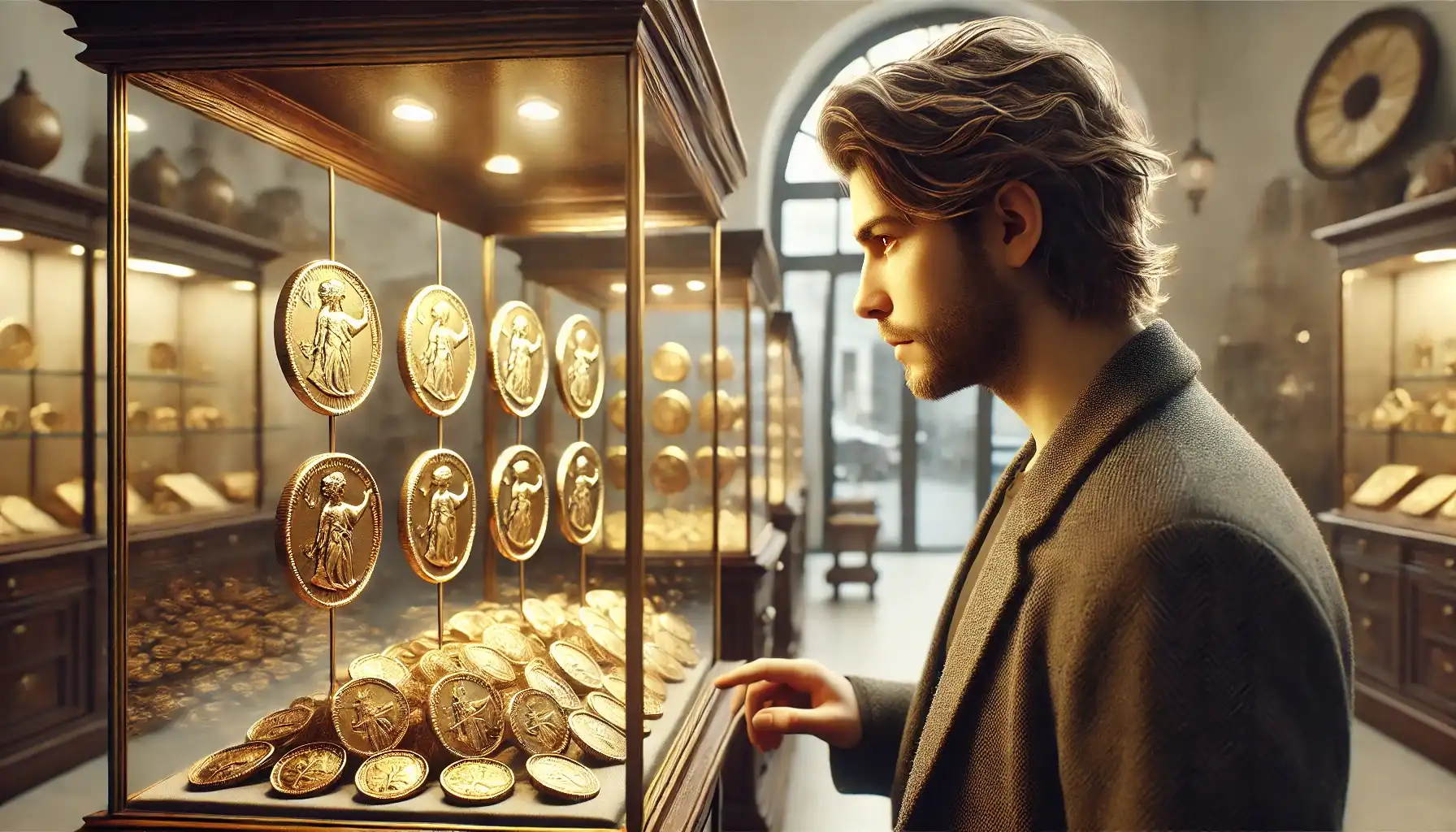
Value: $6 million, May 2023 (sold)
This gold stater from the ancient Greek city of Panticapaeum (i.e., Crimea) set a record for the most expensive ancient coin ever sold at a Numismatica Ars Classica auction in Zurich. The wealth and cultural legacy of the city at the time of its prosperity are always peculiar and captivating for people of other civilizations and eras, especially when it is a 2,400-year-old coin with a griffin on the reverse and a satyr on the obverse.
Composition | Gold |
Weight | 9.19 g |
Diameter | 19 mm |
Shape | Round (irregular) |
Technique | Hammered |
Akragas Silver Decadrachm (Circa 409–406 BC)
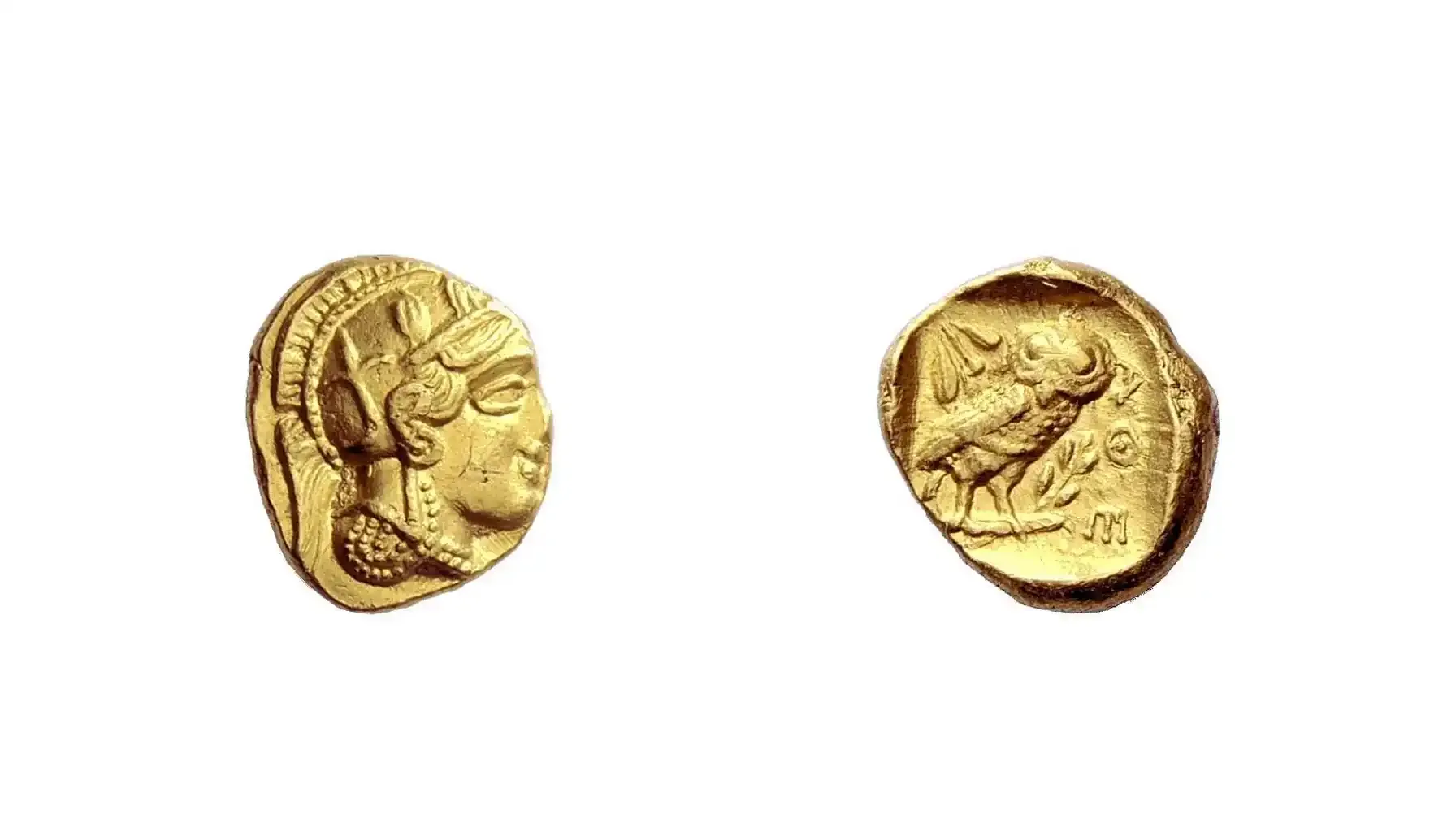
Value: $2.4 million, October 2012 (sold)
The remarkable price that the silver decadrachm from Akragas (present-day Agrigento, Sicily) brought at a Numismatica Ars Classica auction might have highlighted how rare and valuable it is with only ten known examples of this coin are present these days. The coin's design, which features a winning chariot, reflects the city's pride in its Olympic triumphs throughout the years.
Composition | Silver |
Weight | 6.38 g |
Diameter | 35 mm |
Shape | Round |
Technique | Hammered |
Naxos Silver Tetradrachm (Circa 460 BC)
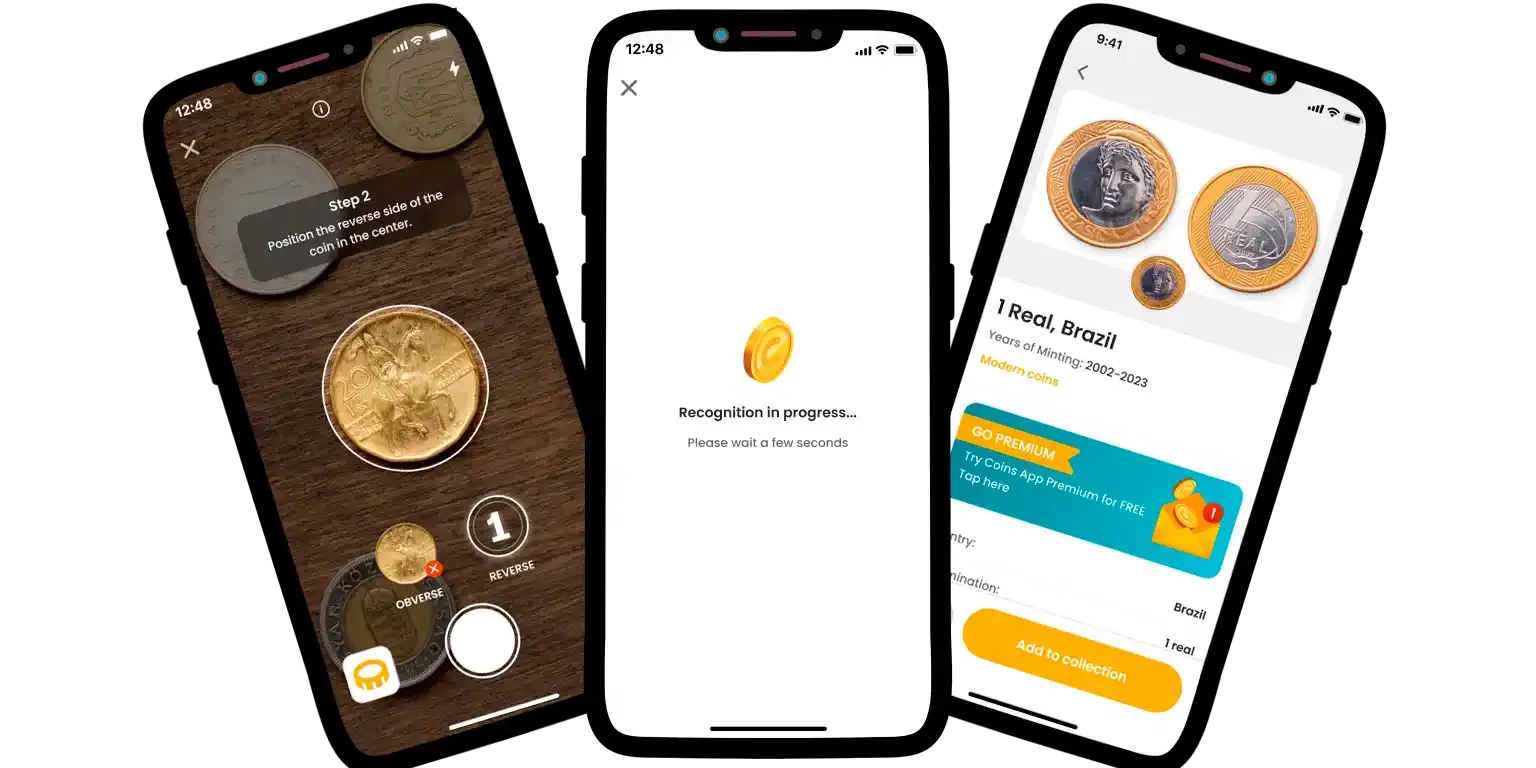
Value: $850,000, January 2012 (sold)
The city of Naxos made a gift to humankind in the form of the silver tetradrachm, which was sold at the Prospero Collection auction in 2012. The exquisite appearance of the instance adds a mythological story to its appeal, for it features the god of wine, Dionysus, on the obverse and a seated Silenus on the reverse. Some of such instances are regularly presented on coin shows like the NY coin shows for other numismatists to get captivated and engage in ancient-coin endeavors.
Composition | Silver |
Weight | 16.42 g |
Diameter | 29.5 mm |
Shape | Round (irregular) |
Technique | Hammered |
Phaistos Stater (Circa 300 BC)

Value: $650,000, January 2012
An excellent illustration of ancient Phaistos craftsmanship is the Phaistos Stater. Indeed, its great worth was attributed to its well-preserved condition and detailed images of the Minotaur on one side, which made it a valuable asset for numismatists.
Composition | Silver |
Weight | 11.21 g |
Diameter | 23.0 mm |
Shape | Round (irregular) |
Technique | Hammered |
Athenian Gold Stater (Circa 407/6 BC)
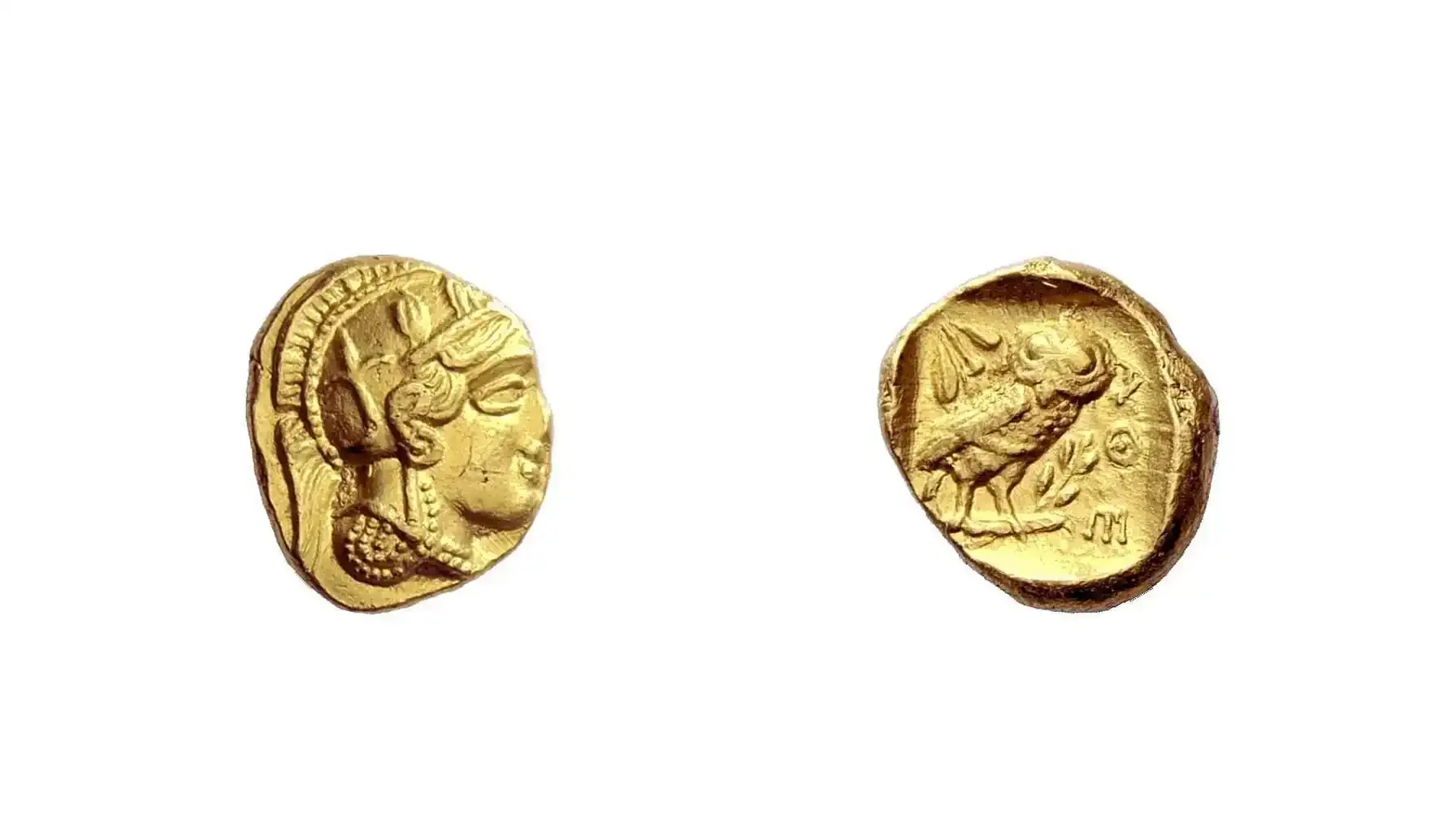
Value: $902,766, June 2008
There are only four known instances of this rare Athenian gold stater depicting Athena's helmeted profile on the obverse and a standing owl on the reverse, which was minted during a period of economic crisis. When it was sold at auction, it garnered a great deal of attention, and this was indicative of both its historical significance and the rarity of Athens's gold issues.
Composition | Gold |
Weight | 8.6 g |
Diameter | N/A |
Shape | Round (irregular) |
Technique | Hammered, Incuse |
How to Collect Ancient Greek Coins with Pleasure
Indeed, the process of collecting coins is complicated and overwhelming, especially for those who are new to this endeavor. We do understand the importance of sticking to a well-developed plan for one to receive only positive experience; as a result, here is presented a fine to-do list that should uncover the most concerning aspects of the coin hunt.
Explore and research
The first thing to do always refers to the deep exploration of your target object, i.e., an ancient Greek coin, its types, and its value. In fact, Greek coins value should depend on the condition of the particular instance, age, period it was taken from, the city, and many other aspects to consider. One is free to read through online resources, books, and coin catalogs to understand the basics of numismatic art and get essential information in the end.
Pay Special Attention to Authentication
For your collection, an ancient coin's authenticity is crucial, since there might be the most elaborate counterfeits ever. This is why you should not hesitate to purchase items from trustworthy dealers or auction houses that provide guarantees.
Besides, look for coins that have been certified and graded by reputable numismatic associations like PCGS (Professional Coin Grading Service) or NGC (Numismatic Guaranty Company). Finally, ask for proof of provenance, which can increase the Ancient Greek coins value by tracking its ownership history.
Understand Coin Grading
As such, grading evaluates a coin's state and has a big impact on its worth. Ancient coins typically fall into grades that represent wear from circulation, ranging from Poor (P-1) to Mint State (MS-70). As a rule, better-quality coins, particularly those with distinct inscriptions and intricate artistic reflections, fetch greater prices.
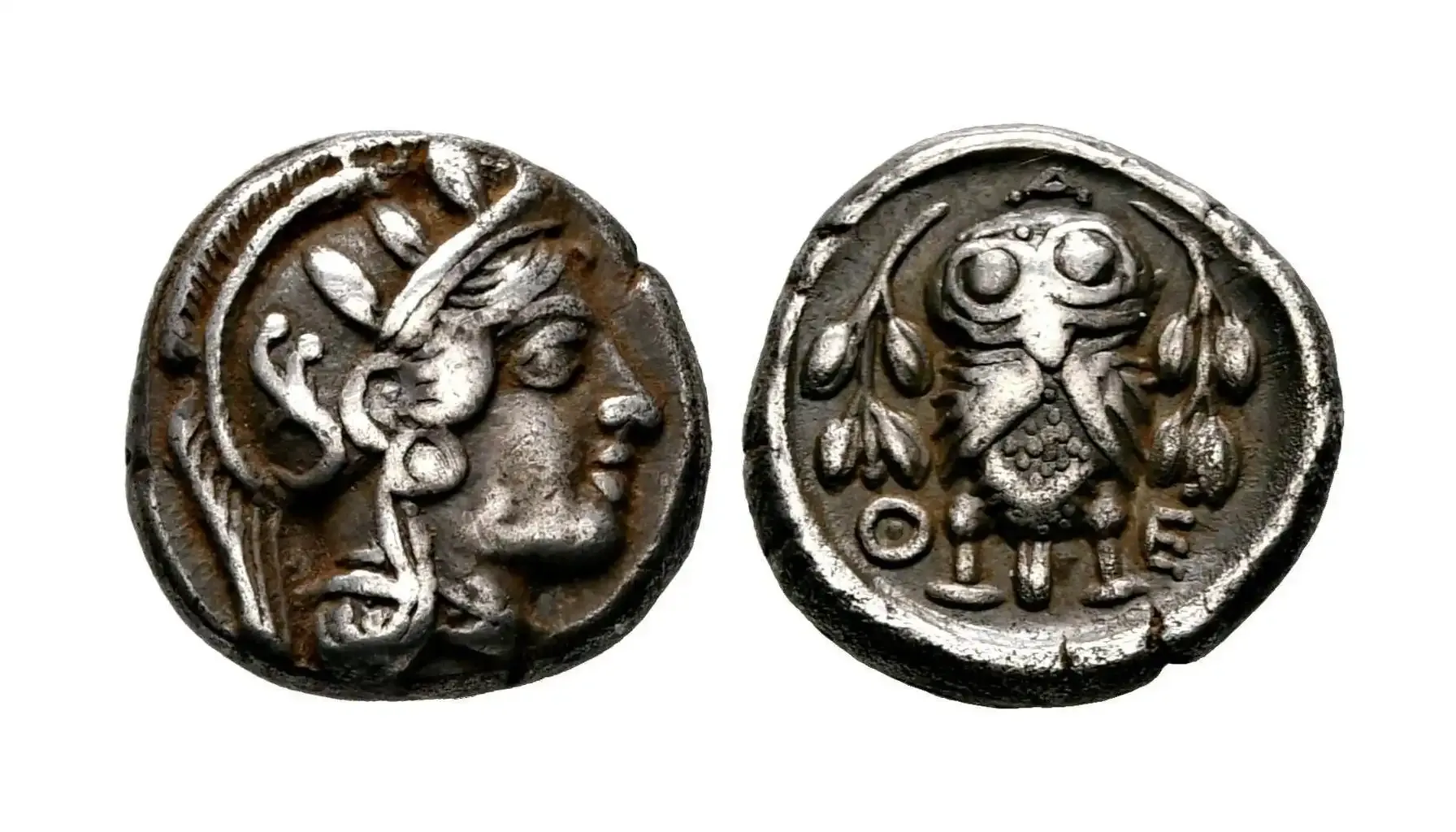
Engage in Coin Shows and Auctions
The best way to learn more about what you might be interested in is to attend coin shows and see a wide variety of precious items and meet distributors in person. Who knows, what if you are going to expand your collection this day? Nevertheless, do not be too amused and set a budget before participating to ensure you stick to your plan and do not make this experience unpleasant.
Utilize Coin ID Applications
Besides, it is always necessary to know what this or that object hides, and the easiest way to identify its nature and origin on the spot is to rely on a trusted application like Coin ID Scanner. This app, for example, offers an extensive set of features that should facilitate the process of coin exploration and proper detection for those who do not have time to wait.
By the way, one of the greatest options granted by Coin ID Scanner is its ability to decipher what type of coin you have by one photo only! Just target a camera of your phone via the app and receive detailed info about the coin, its origin, age, composition, and more. Add this to your digital collection and share it with the world with just one tap!
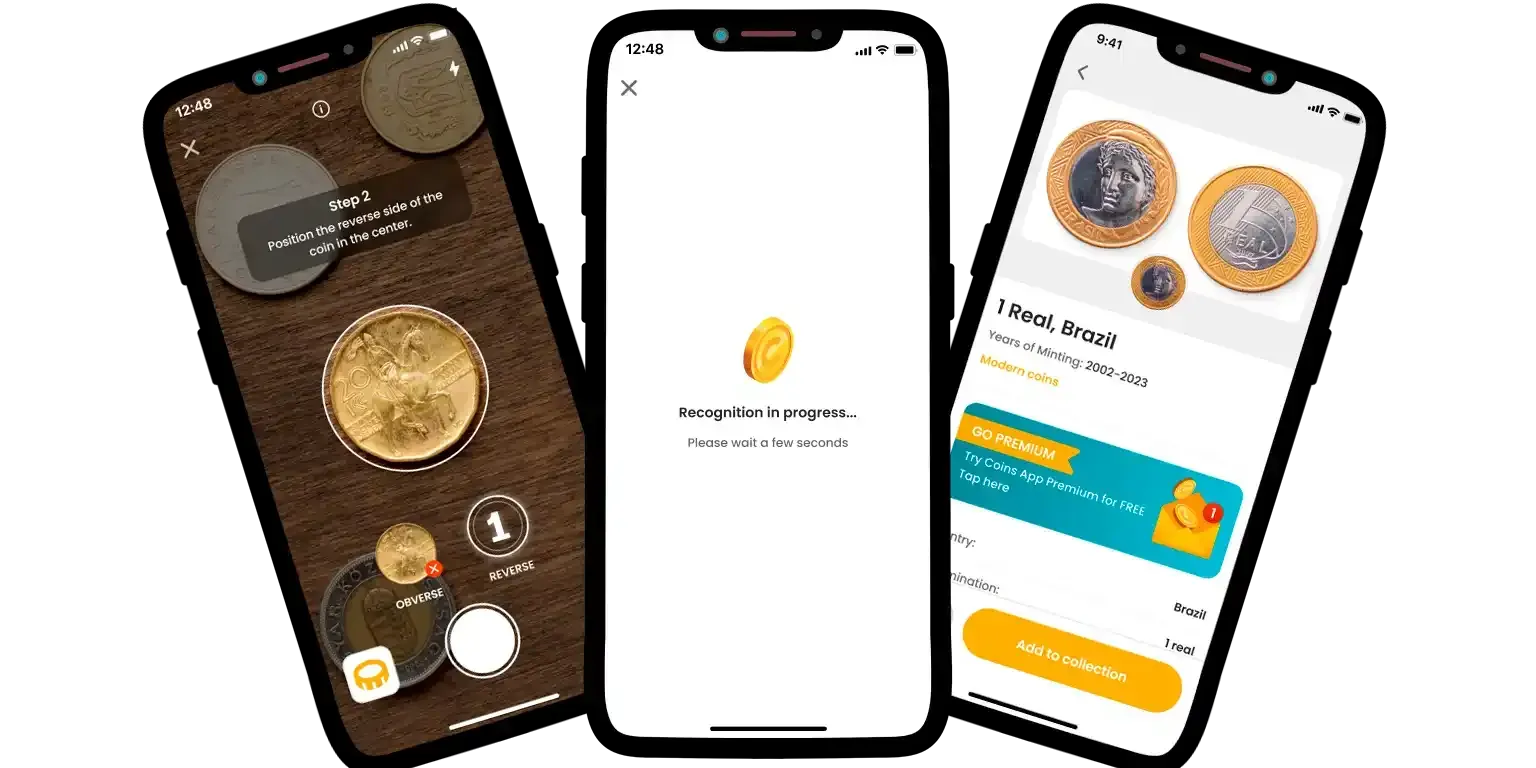
Prefer Quality to Quantity
Finally, always remember that a large number of collectibles does not make sense if it is not of high quality or value. Hence, make sure you do not chase ANY coin but those that are important for YOU, those that have a significant value, and those that offer a sense of satisfaction.
Ancient Greek coins are indeed captivating, for they are full of that philosophical energy that all of us may lack these days. So, take your time and look for the most fascinating instances for your collection, enjoy the process, and celebrate the culture that gave roots to everything we have around.

